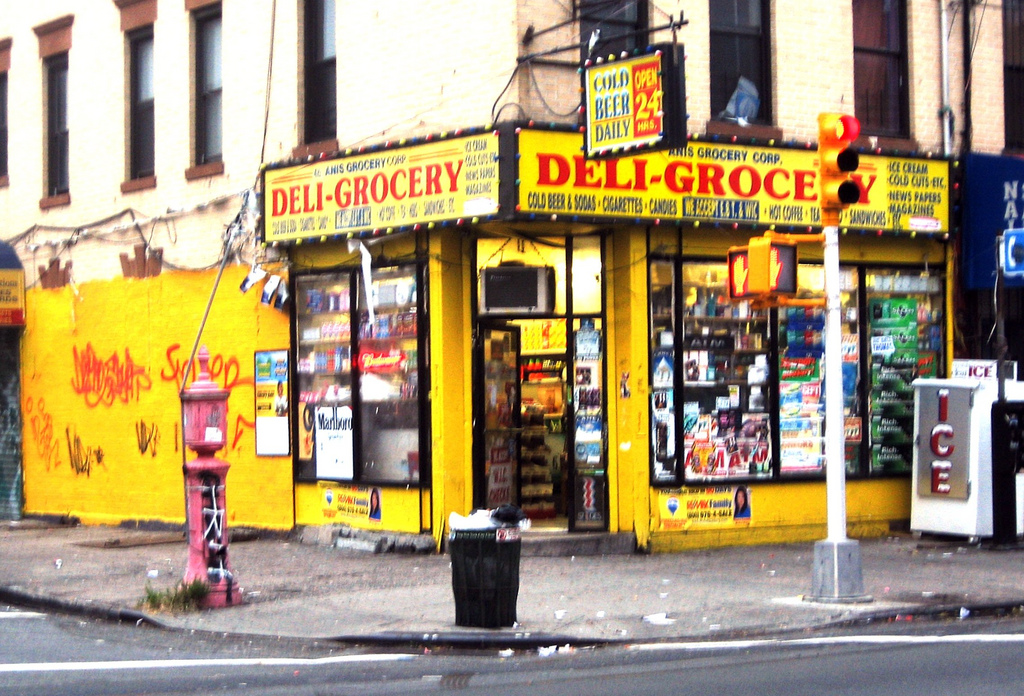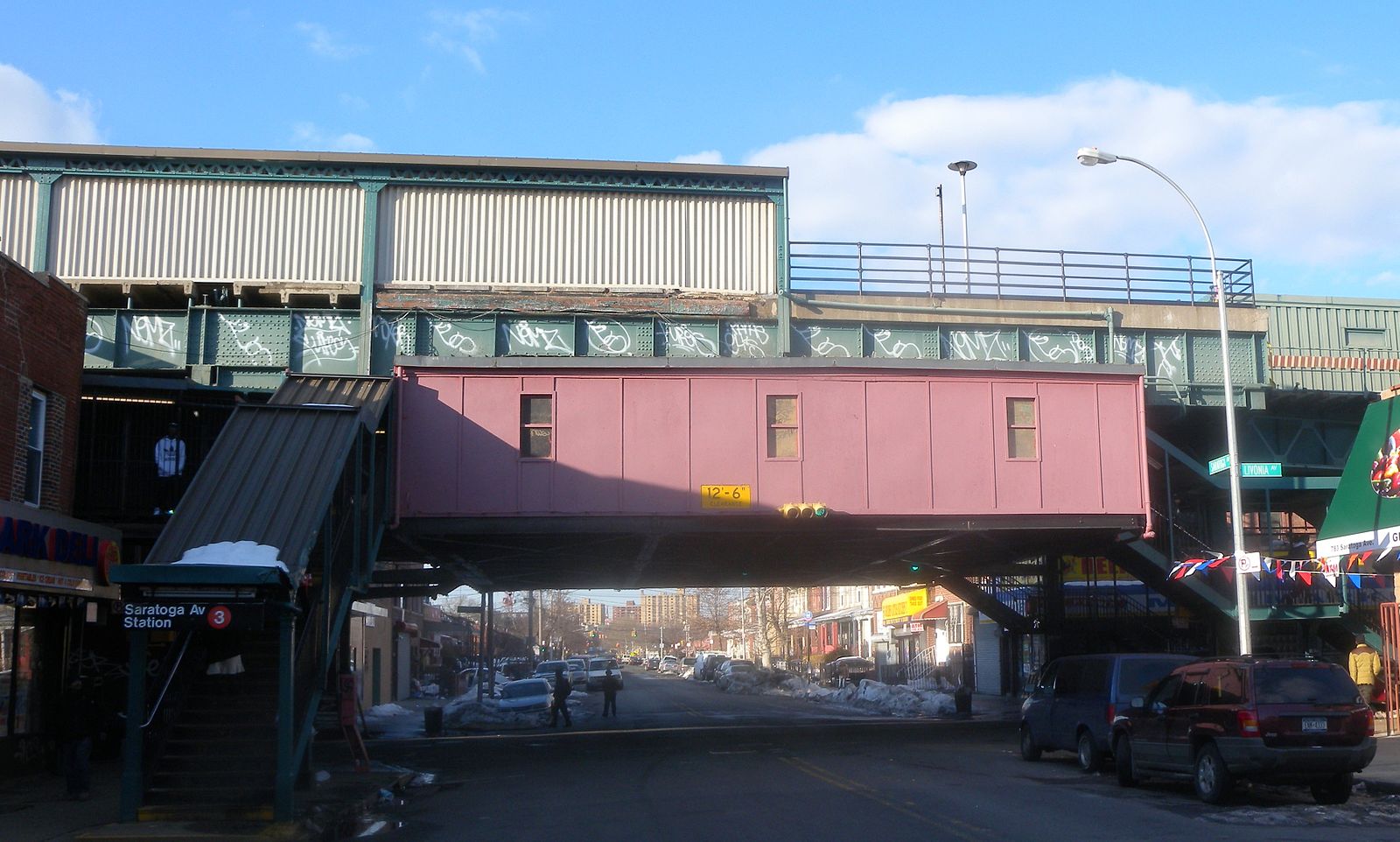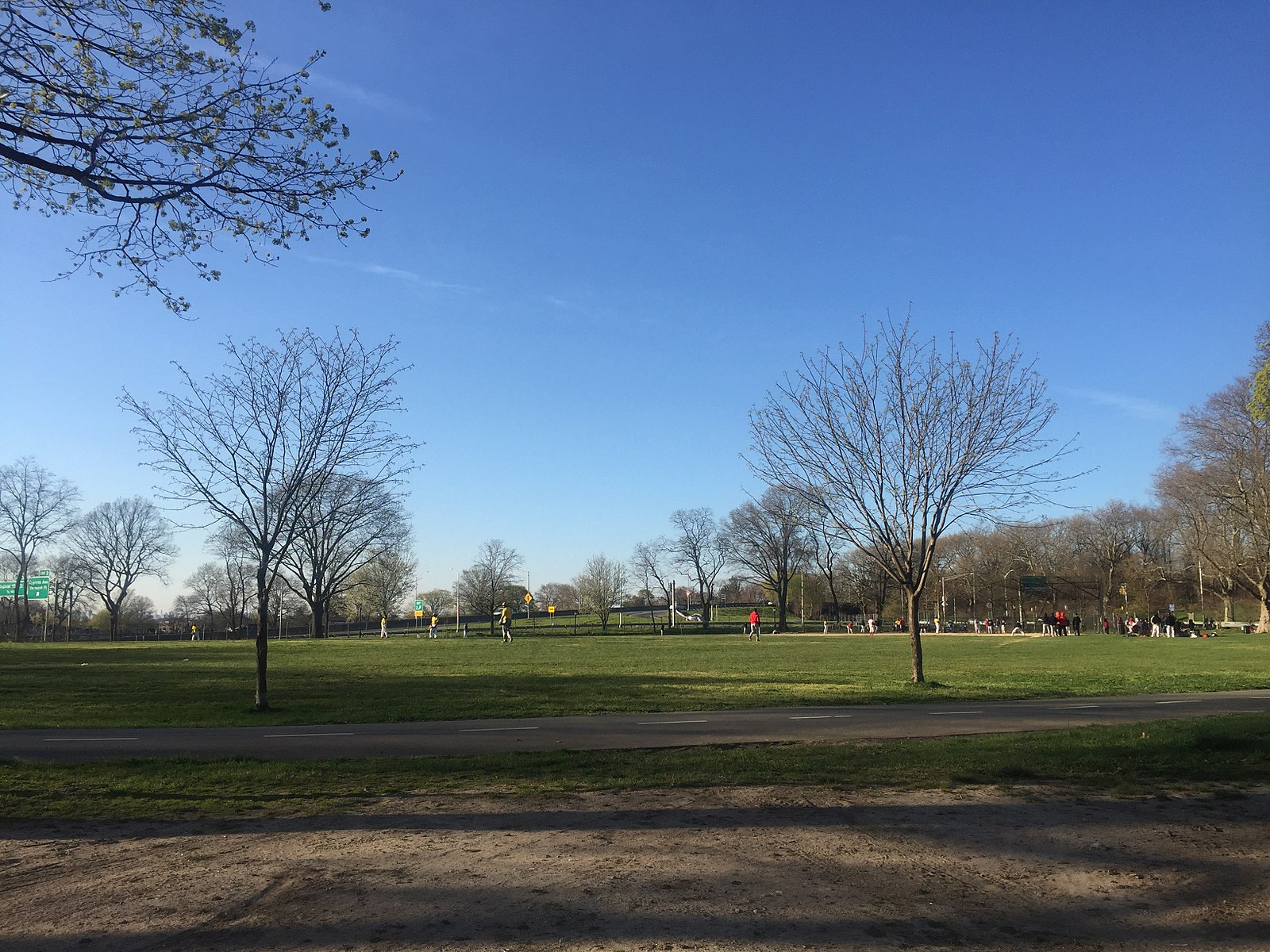Discovering Brooklyn: East New York & Cypress Hills
Discover the wonders of East New York and Cypress Hills, Brooklyn that you may not have been told about.

Discover the wonders of East New York and Cypress Hills, Brooklyn that you may not have been told about.

Welcome back to our regular series covering all of Brooklyn from Greenpoint to Sea Gate.
“Moving to East New York was a step up….Williamsburg, Brownsville, and Greenpoint were bleak….The houses (in East New York) were comfortable and populated by doctors, dentists, lawyers, musicians,” write Grace Glueck and Paul Gardner of “Renaissance Man” Danny Kaye in their book, Brooklyn: People and Places, Past and Present. There were many single family, two-family, three-family homes in East New York which made it the perfect neighborhood for Kaye’s growing family.

Born, David Daniel Kaminsky, in Brooklyn on January 18, 1911, the mega famous entertainer, actor, orchestra conductor, baseball owner, master chef, jet pilot, Oscar, Emmy, and Presidential Medal of Freedom recipient, once lived at 250 Bradford Street between Pitkin and Glenmore Avenues.
Versatile, passionate, and a humanitarian, Kaye became UNICEF’S (United Nations International Children’s Emergency Fund) first Goodwill Ambassador to the world’s children (1954). He worked tirelessly for the organization. When UNICEF was created in 1946, its mission was to help children in war-torn Europe, China and the Middle East. By 1953, UNICEF had begun addressing the needs of children around the world. Ambassador Kaye was proud of his Brooklyn roots. He believed he benefited greatly from being raised in East New York. He often said, he learned to appreciate a diversity of cultural differences there.

A diversity of peoples poured into East New York as a result of a few important happenings – the Brooklyn Elevated Rail Road Company operating the Lexington Avenue el in 1885, the opening of the Williamsburg Bridge on December 29, 1903, and the Interborough Rapid Transit (IRT) subway stretching to New Lots Avenue in 1922.
After WWII though, whites began moving out of East New York and other urban areas. One-fifth of the country went from renters to homeowners in the 15 years after World War II. Businesses left too, leaving the “inner cities,” – overtaxed and underserved. “The federal government did some social engineering in creating segregation in the north,” says Richard Rothstein in his book, The Color Of Law: A Forgotten History Of How Our Government Segregated America. The FHA subsidized builders to mass-produce entire subdivisions for whites in the suburbs with the requirement that none of the homes be sold to African-Americans, writes Rothstein.
By the 1960s East New York became mostly Black and Latino. For many years, this neighborhood made the news as a haven for drug dealers, gang activity, abandoned properties, and serious crime. In a determined effort to reclaim their East New York home, grassroots organizations and civic minded neighbors spurred positive change.

One such civic minded activist was Reverend Dr. Johnny Ray Youngblood. He served as Senior Pastor of St. Paul Community Baptist Church (1974-2009) currently located at 859 Hendrix Street between Linden Boulevard and Stanley Avenue. There, he designed a socially relevant ministry that politically, culturally, economically, and spiritually empowered the lives of congregants. The congregation steadily grew from 250 to over 3,000.
Youngblood is nationally recognized for his work in faith-based community organizing through East Brooklyn Congregation (EBC). EBC is a non-partisan organization. Members contend people working together have the power to change their communities and their country for the better. EBC was founded in 1979 in East New York and Brownsville and has accomplished much – including: the construction of over 5,000 affordable Nehemiah homes and apartments, the opening of two public high schools, $5 million in park renovations, and several neighborhood improvements.
Another proactive and positive mover and shaker is Catherine Green, Creator and Executive Director of ARTS East New York, Inc. (AENY). Founded in 2009, AENY’s mission is designed to inspire community through Arts & Culture. Their neighborhood beautification projects, youth activities, and cross-sector initiatives have a proven track record for bringing out the best in East New York. AENY’s public programs are enlightening and empowering.
According to reports, it becomes effective in just 30 to 45 minutes with powerful discount cialis http://secretworldchronicle.com/2019/02/ erections lasting for hours.
As the community continues its revitalization efforts, some residents fear the damaging effects of gentrification. Last April, the City Council approved a controversial rezoning of East New York as part of Mayor Bill de Blasio’s larger affordable housing plan. The plan stipulates that under Mandatory Inclusionary Housing, developers seeking a residential rezoning must set aside at least 25 percent of their apartments as affordable. The rezoning plan affects 190 blocks in East New York, Ocean Hill and Cypress Hills. Many are concerned that even the affordable provision won’t be affordable enough for them.
Safe, affordable, community living was the draw for a housing complex that opened on Pennsylvania Avenue in the 1970s. Located on the southeastern edge of Brooklyn, in East New York, is Starrett City, (commonly known today as Spring Creek Towers). It is the largest federally subsidized housing development in the nation.
However, in the beginning, Starrett Housing Corporation sustained a 70 percent white tenancy by keeping two separate waiting lists, one for white tenants and the other for tenants of color. Under the Reagan administration though, Starrett City’s management company was ordered to keep one list based only on the income requirements.
Walk along Pennsylvania Avenue, co-named Granville Payne Avenue after jazz musician and community activist, to Pitkin Avenue. Businessman John R. Pitkin, for whom the Avenue is named, envisioned East New York as a serious rival to New York City. He even envisioned Pitkin Avenue becoming Brooklyn’s posh Fifth Avenue. If he were alive today, I wonder what he might say?
East New York (located east of New York City) geographically has Cypress Hills above it, Queens County to its right, Jamaica Bay below it, and to the left is Brownsville and Canarsie. This neighborhood is quite large and according to Citi-Data has a population of 90,966. By the way, when the town of New Lots became the 26th Ward (a ward is division for political purposes) of Brooklyn in May of 1886, it had a population of 17,000.
Today Blacks and Latinos still make up the majority of East New York’s population. The median household income in 2015 was only $36,217, while it was $60,850 for New York, according to Citi-Data. Right above East New York is Cypress Hills, not the Cypress Hill Housing Projects, but the neighborhood. Cypress Hills is a vibrant community. It is much smaller in size and less densely populated than East New York. According to Citi-Data, the population is a diverse 16,524, mainly Latino.

Cypress was originally named Union Place. In 1820s, the Union Course Racetrack was located there on the border of Brooklyn and Queens. Union Place was later renamed Cypress after the trees that grew in the area. Cypress Hills is home to Highland Park which officially opened in 1903. Located on a high plateau, Highland Park offers fantastic views of Ridgewood Reservoir, the Rockaways, the Atlantic Ocean, and nearby cemeteries.
Cypress Hills Cemetery is located on Jamaica Avenue and officially opened in 1851. During Abraham Lincoln’s presidency, this burial ground for Civil War soldiers became part of the National Cemetery System.
On a lighter note, City Line Shopping along Grant Avenue has several interesting shops you might like to visit. And the Franklin K. Lane High School building located at 999 Jamaica Avenue was one of the largest high school buildings in the world when it was built. It was constructed during President Franklin D. Roosevelt’s New Deal in the 1930s.
We leave you now to venture through East New York on your own.
Meet you next time in Canarsie.

Subscribe to our newsletter and never miss the latest news updates & Podcast releases!
